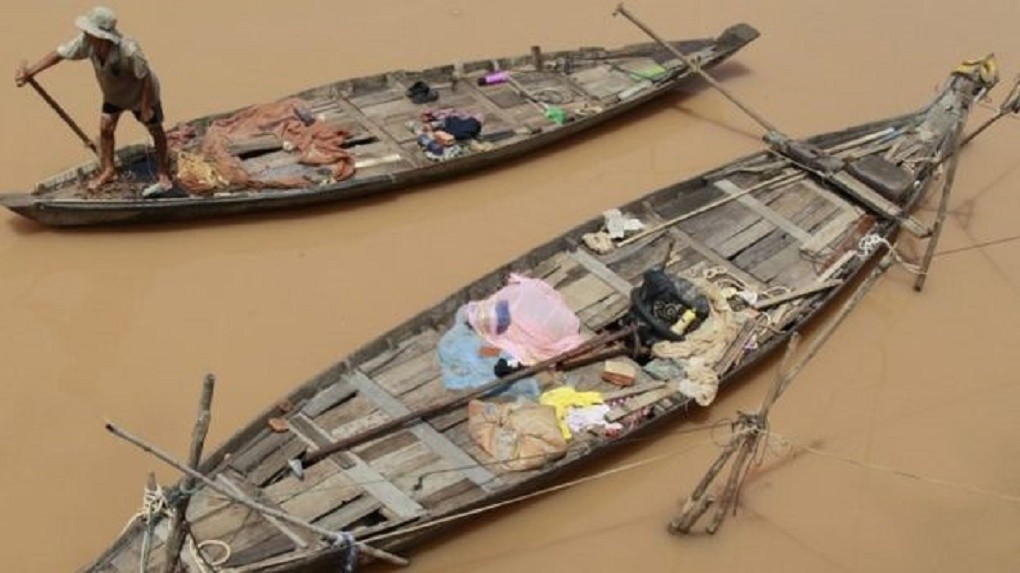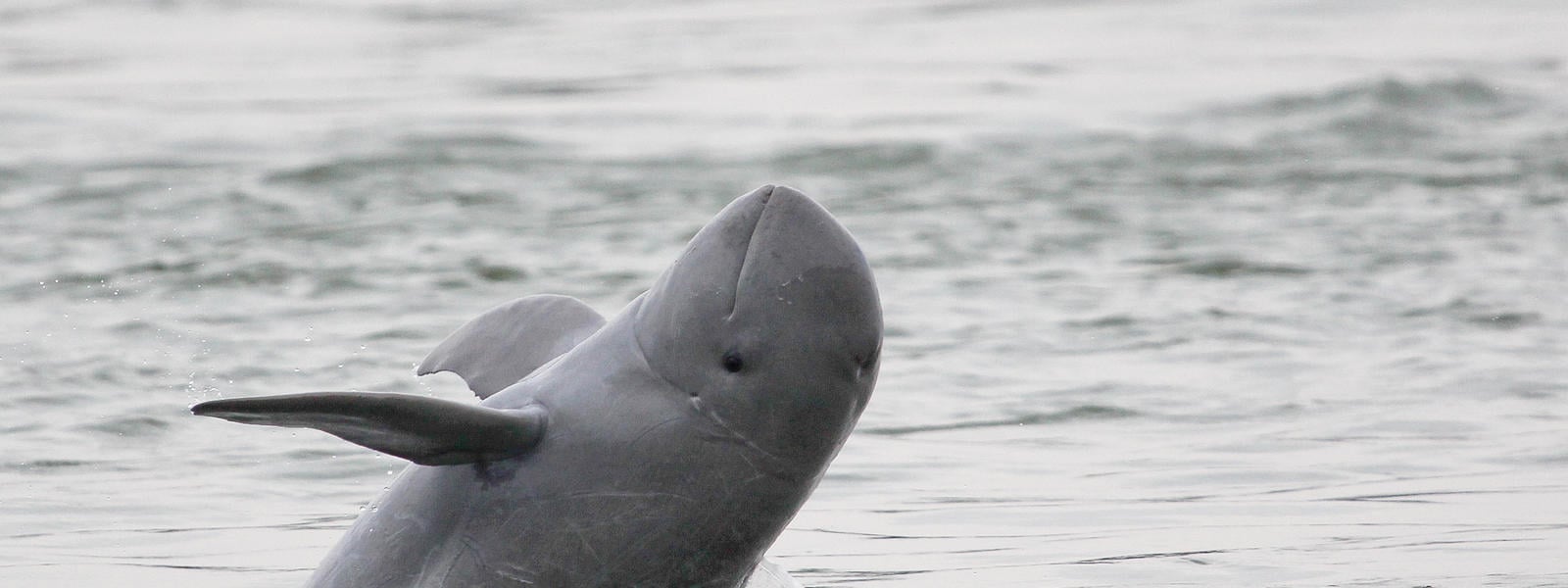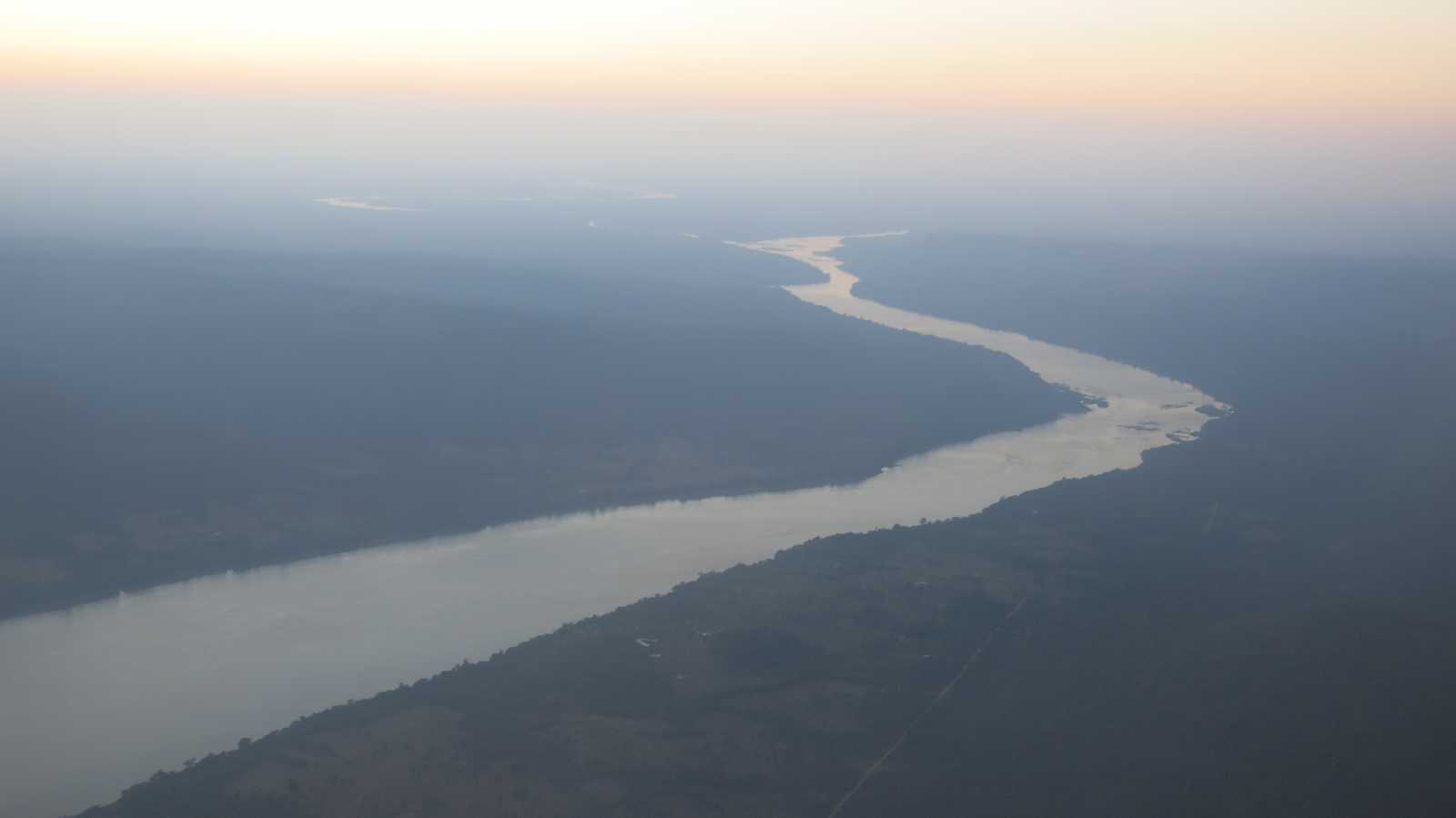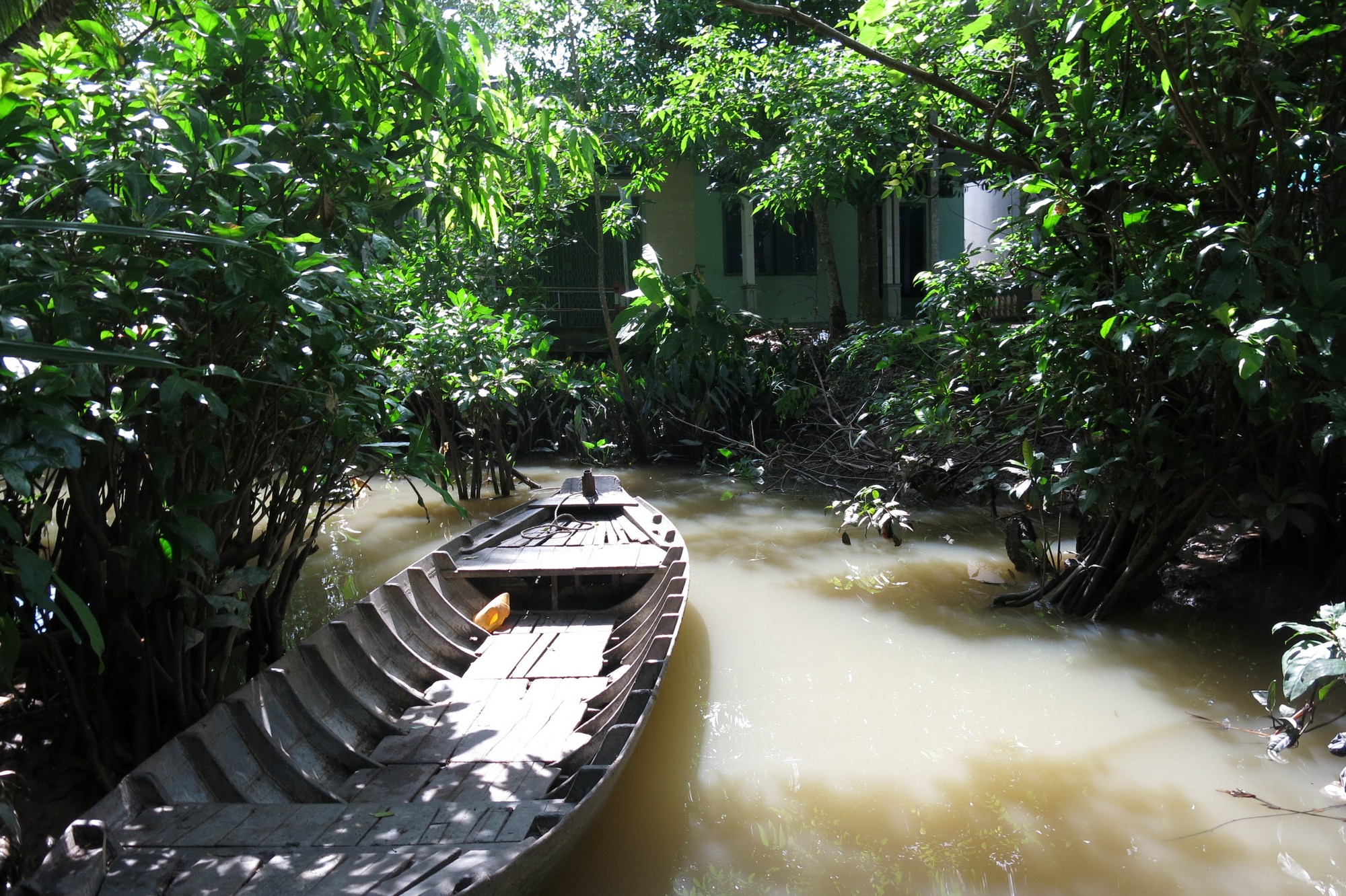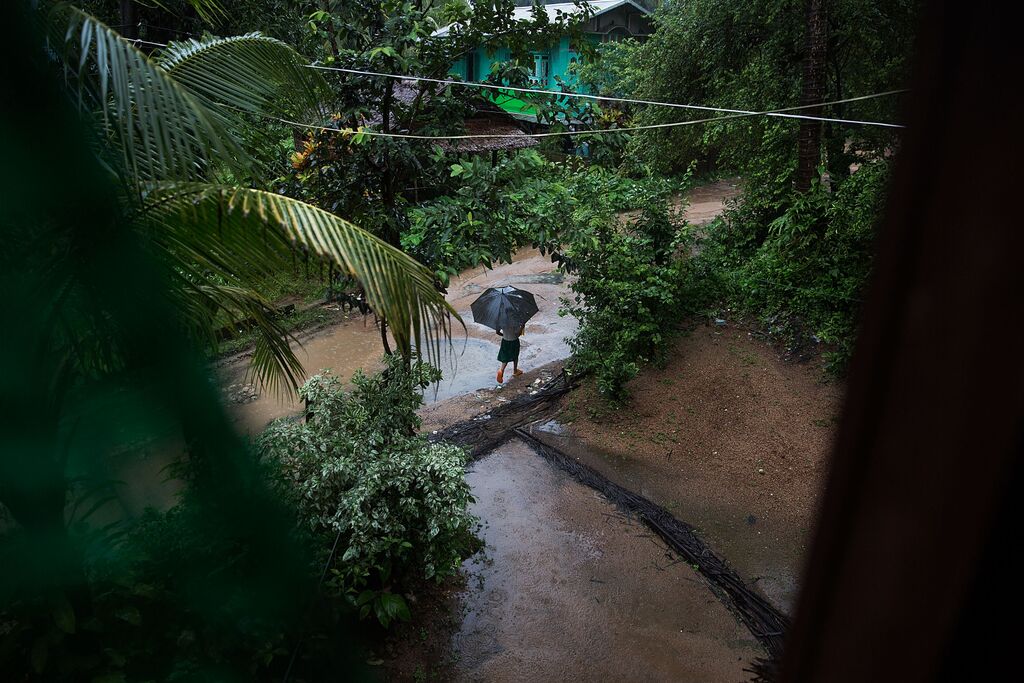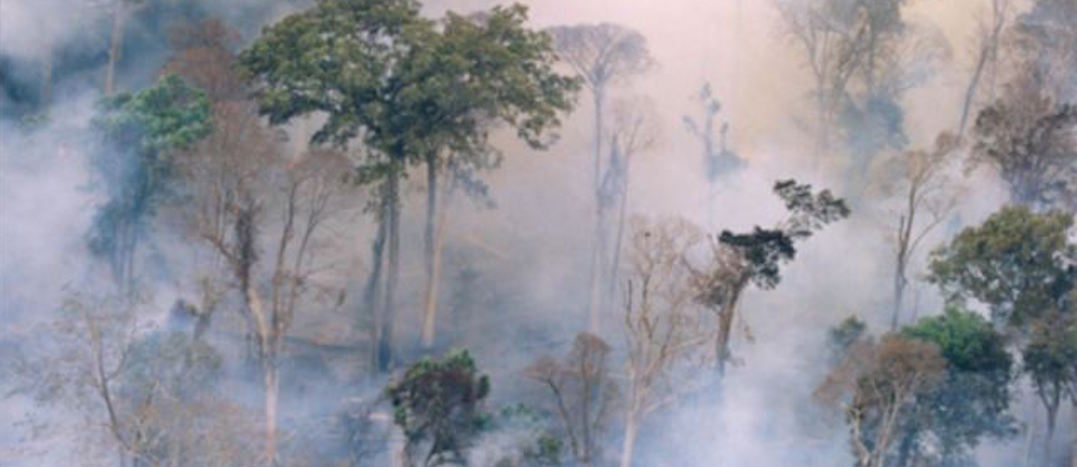Chea Vannak A hand-painted sign nailed to a tree at the entrance of Sre Ko village along the southern banks of the Se San River in Stung Treng province greets visitors with a disturbing message – one made even more alarming by the seemingly tranquil environment and the slow-moving river. “Dare to die in village […]
Category: Region
Selected environmental stories from media outlets in the Mekong region and beyond.
Mekong Delta heads for troubled waters
Lush greenery in the lower Mekong region sprawls as far as the eye can see, an illustration of just how fertile the delta is. The endless green fields scored by the river’s nine tributaries, which the Vietnamese call “Nine Dragons”, explain why this area is one of the world’s major food baskets.
It houses the richest inland fishery and accounts for more than a fifth of the world’s rice exports, although looks can be deceptive. Encroaching sea water from the south, a proliferation of hydro dams in the north and large-scale sand mining are endangering the delta, officials warn.
Dolphin Numbers Fall, but WWF Still Hopeful
Over 400 people joined in WWF’s “Dolphin Day” celebration in Kratie town Tuesday morning, parading in dolphin-emblazoned T-shirts up the riverfront and through the market. Though local enthusiasm is palpable, the bottom line is sobering. The number of endangered Irawaddy dolphins in the Mekong River continues to drop, the WWF announced in a press conference following the celebration. A population that once numbered in the hundreds has now fallen to just 80 adult animals.
Proper safeguards needed for long-term AEC benefits
Asean countries need to integrate appropriate safeguards to ensure inclusiveness and sustainability in any benefits to be brought about by the Asean Economic Community (AEC), experts said recently.
At a Bangkok symposium on “Shared solutions: Safeguarding sustainable development in the Mekong region”, Venkatachalam Anbumozhi, senior energy economist at the Economic Research Institute for Asean and East Asia, said AEC will propel infrastructure investment in the Mekong region.
Delta through the lenses of foreign correspondents
In mid August, many correspondents from Cambodia, Myanmar, Thailand, China, and Britain came to Mekong River Delta. They wanted to witness the impacts of climate change, sea level rise and certainly mainstream dams upstream Mekong River, affecting the granary, fish, and shrimp of the world.
Gradual loss of the Southeast Asian Rice Field
Hundreds of kilometers of riverbank and shoreline in the Mekong River Delta are being eroded dramatically with hundreds and even thousands of hectars of land swept away annually. The place widely known as the field of Southeast Asia, annually produces 24-25 millions tonnes of rice (6-8 million tonnes of rice export) and 1.2 million tonnes of catfish, and 500,000 tonnes of shrimp, mostly for export. That field is being lost.
Myanmar-Thailand road cuts through last wilderness
Across the open door of the immigration office, a black dog sleeps, his ears twitching. It is a slow day at the border, under the tropical afternoon sun.
Imagining Dawei
There is a lone white concrete marker at Dawei’s Kilometre Zero, where storms come ashore from the Andaman Sea and where the long, unpaved road to Thailand begins.
There is little now auguring that the white marker will one day be at the centre of Dawei special economic zone (SEZ), a mammoth project more than one-quarter the size of Singapore. In its entirety it will cost billions of dollars to build, potentially creating hundreds of thousands of jobs and generating up to 5 percent of Myanmar’s GDP.
Cambodian Troops Bulldoze Villagers’ Crops in Bid to Seize Land
Troops assigned to a light infantry unit destroyed village fields in southern Cambodia’s Kampot province on Monday in a bid to expand the property used by a commune set up for retired army soldiers, sources said.
Environmental Group Says ‘Inactive’ Government Has Failed Its Forests
The Prey Lang Community Network, which works to protect Cambodian forests, has been selected by UNDP for an Equator Prize, for outstanding community organizing. In an interview with VOA Khmer, the group’s spokesman, Seng Sok Heng, says the government is “inactive” in protecting Cambodian forests, some of the last rainforest in Southeast Asia.



